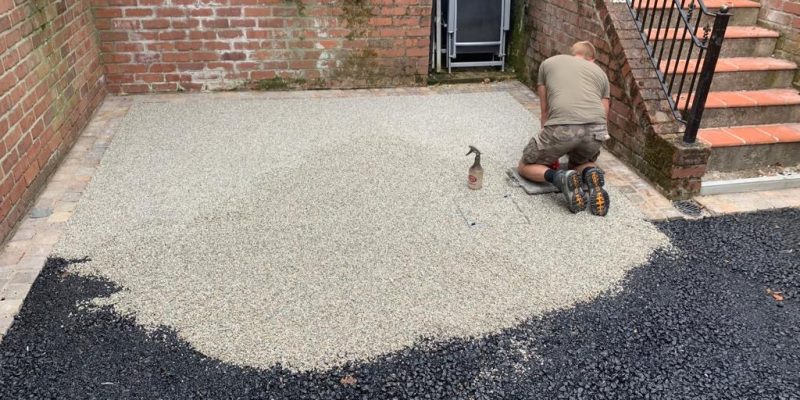So, you’ve decided on the perfect driveway for the front of your house. You’ve picked the material you’re going to use for the drive. You’ve got the plans for what will go where, and everything fits perfectly. Before finalising the plan, it might be worth thinking about the finishing touches.
Where the driveway meets the flower bed or lawn, a divide can make a perfect edition to the overall look. There are several options, some purely cosmetic, some serve to provide better drainage, and some keep everything where it should be.
Concrete Paving Set
Whether you’ve used block paving or not as the material for your drive, a concrete paving set works great as a surround or divide. Using similar bricks to a block paved drive, they’re perfect for creating a finished edge. The options in colour, size, and style make them a popular choice and they won’t cost anything near paving a whole drive.
Natural Rocks
Natural rocks provide an awesome visual effect. With their variations in size and shape, there are usually no end of rocks to choose from to suit your vision perfectly right down to the last rock. Using a concrete base, you can set the rocks around the drive however you please. If space is tight on the drive, just be careful when parking as the underside of your car probably won’t get along with them.
Log Roll
This cheap but effective finish comes in various effects, styles and lengths. You can concrete them in as a permanent feature or simply embed them in the lawn or soil around the edges. It’s worth noting that unless properly treated and looked after, they can deteriorate and if they were set in the concrete, will be more difficult to replace.
Wooden Sleepers
Another wooden finish, much more durable than log roll are wooden sleepers. You can stack them, or embed them vertically to produce a neat and tidy divide. They won’t take as much maintenance to hold their quality as the log roll but will definitely need coats of protection from time to time.
Purpose Made Edging
If you look for long enough, you’d never stop finding varieties of purpose made edging. From kerb to cove, rubber to rock, there are many different shapes, sizes materials or colours. As they’re purpose built for the job at hand, some types are easy to install even as an after-thought.
For more information about installing edgings as part of your project, feel free to contact us by clicking here.


